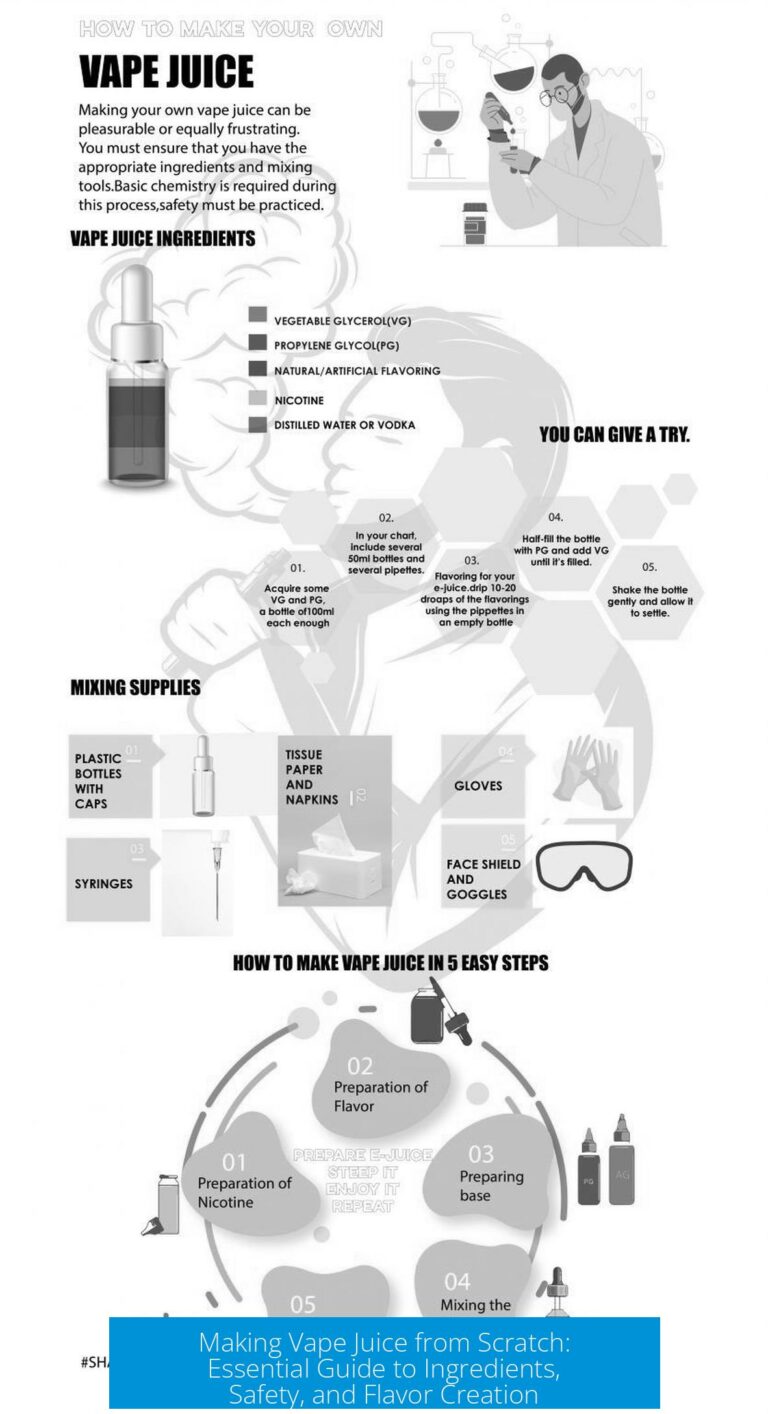Best Way to Dry Acetone
The best way to dry acetone involves using anhydrous calcium sulfate (commonly known as Drierite), followed by distillation. This method minimizes side reactions like aldol condensation. Alternative drying agents such as potassium carbonate or molecular sieves can also be used, but Drierite remains the recommended drying agent due to its effectiveness and simplicity.
Understanding the Need to Dry Acetone
Acetone often absorbs water from the atmosphere because of its hygroscopic nature. The presence of water can affect its performance in laboratory and industrial applications. Therefore, drying acetone ensures its purity and reliability for sensitive reactions.
Water traces promote unwanted side reactions like aldol condensation which can alter acetone’s chemical properties. Removing moisture is crucial to maintain acetone’s chemical integrity.
Common Drying Agents for Acetone
Anhydrous Calcium Sulfate (Drierite)
Drierite is the preferred drying agent for acetone. It offers minimal acid or base catalysis, reducing the risk of aldol condensation during the drying process.
- Typical procedure involves shaking acetone with 25 g/L of Drierite for several hours.
- After settling, the acetone is decanted and distilled from fresh Drierite (around 10 g/L) through an efficient column.
- The drying process keeps atmospheric contact through a Drierite drying tube to prevent moisture ingress.
The equilibrium water concentration achievable is approximately 10-2 M after this treatment. A rapid drying technique consists of simply drying over anhydrous CaSO4 followed by distillation.
Potassium Carbonate (K2CO3)
Potassium carbonate is an effective drying agent. It absorbs water but works less selectively compared to Drierite. Acetone dried this way often requires subsequent distillation to ensure purity.
Molecular Sieves (Types 3A and 4A)
Type 4A molecular sieves are efficient in drying acetone and can replace CaSO4 and K2CO3.
Type 3A sieves remove even trace amounts of water, providing the highest drying efficiency. However, they are more expensive and require activation procedures.
For the purest acetone, distillation after treatment with molecular sieves is recommended.
Anhydrous Magnesium Sulfate (MgSO4)
The literature traditionally classifies anhydrous MgSO4 as an inefficient drying agent for acetone.
However, some users report that dried MgSO4 can absorb considerable water, forming hydrates, suggesting it might be moderately effective.
Ultimately, because MgSO4 can be inconsistent, it is often used in conjunction with other drying steps or followed by distillation using molecular sieves.
Calcium Chloride (CaCl2)
CaCl2 interacts with acetone to form addition compounds, complicating the purification process. It is generally not recommended as a drying agent for acetone.
Drying Agents to Avoid or Use with Caution
- Silica Gel and Alumina: These mildly acidic or basic desiccants cause acetone to undergo aldol condensation, increasing water content instead of decreasing it.
- Phosphorus Pentoxide (P2O5): Can provoke side reactions including aldol condensation; cautious use is advised.
- Anhydrous Magnesium Perchlorate (Mg(ClO4)2): Dangerous to use with acetone due to a high risk of explosion from acetone vapors. It must be avoided entirely.
Step-by-Step Drying and Purification Procedure
- Place acetone in a clean, dry container.
- Add 25 g/L of anhydrous calcium sulfate (Drierite).
- Shake or stir the mixture for several hours (typically several hours to overnight).
- Allow the drying agent to settle and decant the acetone carefully.
- Distill the acetone from fresh Drierite (10 g/L) using an efficient distillation column.
- Maintain a drying tube filled with Drierite on the distillation apparatus to block atmospheric moisture.
This method consistently reduces water content and minimizes decomposition or side reactions.
Additional Purification Techniques
Sometimes, drying alone is insufficient if acetone contains other organic impurities. Additional purification methods include:
- Treating acetone with silver nitrate (AgNO3) and sodium hydroxide (NaOH) to remove organic contaminants.
- Refluxing with potassium permanganate (KMnO4) or chromium trioxide (CrO3) helps eliminate stubborn impurities before drying.
- Azeotropic distillation with methyl bromide to remove methanol impurities.
- Treatment with acetyl chloride followed by distillation to refine purity.
- Recrystallization via the formation of sodium iodide (NaI) addition compounds for highly pure acetone.
- Gas chromatography techniques can also separate impurities on specialized columns.
User Recommendations and Alternative Methods
- Some users report success drying acetone using calcium oxide (CaO), although this is less documented in literature.
- Boron trioxide (B2O3) is mentioned for extreme drying but requires careful handling.
- Buying commercially available dry acetone may be more practical than drying it personally.
Safety Considerations
Drying acetone involves handling volatile, flammable liquids and reactive drying agents. Key safety points include:
- Avoid using anhydrous magnesium perchlorate: It poses an explosion risk when exposed to acetone vapor.
- Perform drying and distillation in well-ventilated areas or fume hoods to minimize inhalation hazards.
- Ensure drying agents such as Drierite are handled with gloves and stored properly.
- Maintain proper disposal procedures for any spent drying agents or waste liquids.
Summary Table: Drying Agents for Acetone
| Drying Agent/Method | Effectiveness | Notes | Recommendation |
|---|---|---|---|
| Anhydrous CaSO4 (Drierite) | High | Minimal catalysis of aldol; shake and distill procedure. | Recommended as best drying agent. |
| Potassium Carbonate (K2CO3) | Moderate to High | Effective; requires distillation afterward. | Suitable alternative. |
| Molecular Sieves (4A and 3A) | High (3A best for trace water) | More costly and complex; very effective water removal. | Good for advanced drying steps. |
| Anhydrous MgSO4 | Variable | Traditionally inefficient; some reports suggest moderate effectiveness. | Use with caution or supplementary treatment. |
| Calcium Chloride (CaCl2) | Poor | Forms addition compounds with acetone; not recommended. | Avoid. |
| Silica Gel and Alumina | Poor | Catalyze aldol condensation, increase water content. | Avoid. |
| Phosphorus Pentoxide (P2O5) | Moderate | Induces side reactions; use cautiously. | Generally avoid for acetone. |
| Anhydrous Mg(ClO4)2 | Dangerous | High explosion risk with acetone vapors. | Do not use. |
Key Takeaways
- Drying acetone with anhydrous calcium sulfate (Drierite) followed by distillation is the best method.
- Potassium carbonate and molecular sieves offer effective alternatives, with molecular sieves providing the highest dryness.
- Avoid drying agents like silica gel, alumina, P2O5, CaCl2, and magnesium perchlorate due to side reactions or safety risks.
- Proper drying reduces aldol condensation side reactions and residual water content to acceptable low levels.
- Handle all materials with appropriate safety precautions and avoid hazardous combinations.
What is the most effective drying agent for acetone?
Anhydrous calcium sulfate (Drierite) is the top choice. It avoids aldol condensation and allows drying by shaking, decanting, and then distilling through fresh Drierite.
Can molecular sieves be used to dry acetone?
Yes, type 4A molecular sieves work well for drying acetone. Type 3A sieves remove nearly all water but are pricier and more complex to handle.
Is anhydrous magnesium sulfate a good drying agent for acetone?
Textbooks say it’s inefficient. However, some users find it effective. Still, it is not the primary recommended method.
Which drying agents should I avoid when drying acetone?
Avoid silica gel, alumina, phosphorus pentoxide, calcium chloride, and magnesium perchlorate. They can cause aldol condensation or be dangerous.
What is the safest way to dry acetone without side reactions?
Use anhydrous CaSO4 (Drierite) or potassium carbonate followed by distillation. These methods minimize unwanted chemical reactions.





Leave a Comment